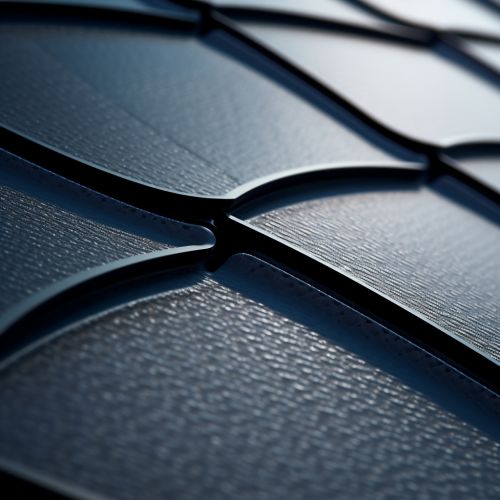Monocrystalline solar cells
Introduction
Monocrystalline solar cells, also known as single-crystal cells, are a type of photovoltaic cell used in solar panels. They are known for their high efficiency and sleek design, making them a popular choice for residential and commercial solar installations. Monocrystalline cells are made from a single crystal structure, which allows the electrons that generate a flow of electricity to move more freely, resulting in a higher efficiency.


History
The development of monocrystalline solar cells dates back to the early 1950s, when the first practical photovoltaic cell was invented at Bell Laboratories. The first cells were made of single-crystal silicon and had an efficiency of about 6%, a significant improvement over previous solar energy technologies.
Manufacturing Process
The manufacturing process of monocrystalline solar cells begins with the creation of silicon crystals. This is achieved through the Czochralski method, where a seed crystal of silicon is dipped into molten silicon and slowly withdrawn, creating a large single crystal known as a boule. The boule is then sliced into thin wafers, which are treated and processed into individual solar cells.
Characteristics and Performance
Monocrystalline solar cells are characterized by their uniform dark black color and rounded edges. The single crystal structure provides a path for high electron flow, resulting in higher efficiency compared to other types of solar cells. These cells are also more space-efficient, meaning they yield a higher power output per square foot of solar panel. However, they also tend to be more expensive due to the complex manufacturing process.
Advantages and Disadvantages
The primary advantage of monocrystalline solar cells is their high efficiency. This makes them an excellent choice for situations where space is limited, such as on residential rooftops. They also have a long lifespan, often with warranties of 25 years or more.
However, monocrystalline solar cells also have some disadvantages. They are more expensive to manufacture and therefore tend to be more costly for consumers. Additionally, their performance can be affected by high temperatures and shading.
Applications
Monocrystalline solar cells are used in a variety of applications, from residential rooftop installations to large-scale solar farms. They are also used in remote power systems and in satellites for space applications.
Future Developments
Research into improving the efficiency and reducing the cost of monocrystalline solar cells is ongoing. This includes the development of new manufacturing techniques and the use of advanced materials.
